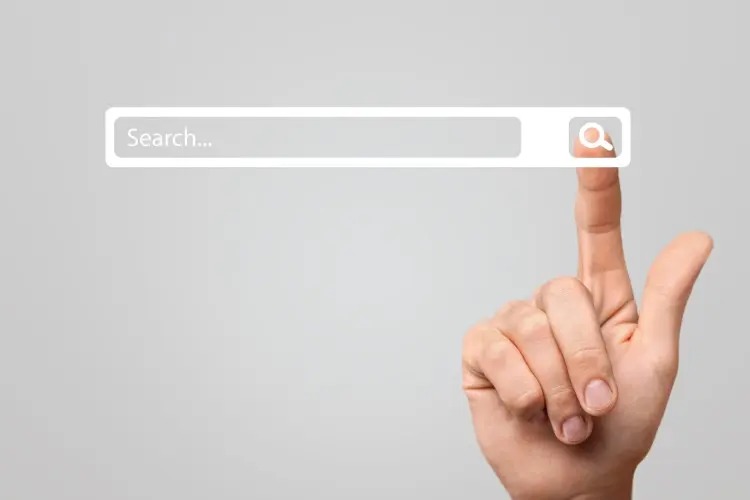How AI Tools Can Enhance Digital Marketing Creative
December 14, 2023
How To Make Your Website Stand Out
October 2, 2023
The Ultimate Guide to Using Images in Marketing
March 28, 2023
A Guide to Using Stock Images for Marketing Purposes
January 17, 2023
6 Things You Should Be Doing to Improve Your Product Photography
September 2, 2022
Importance of photo editing for modern marketing
December 13, 2021









